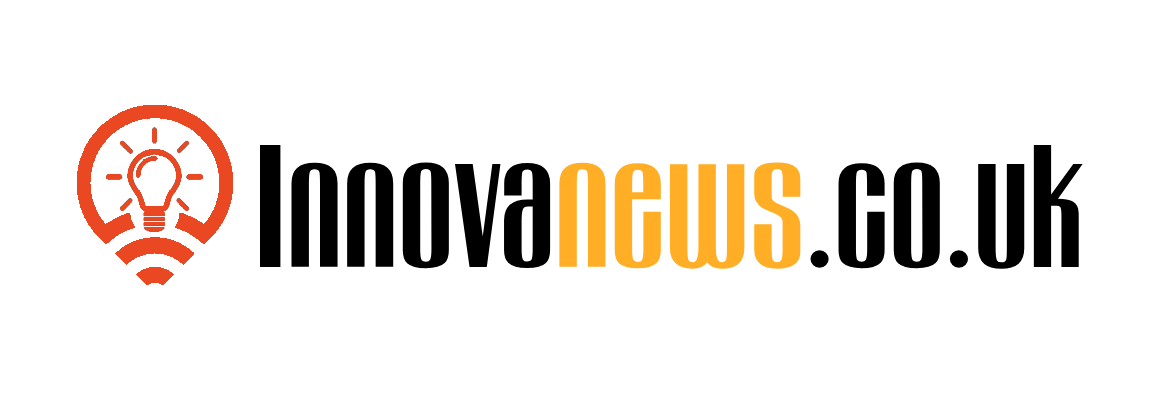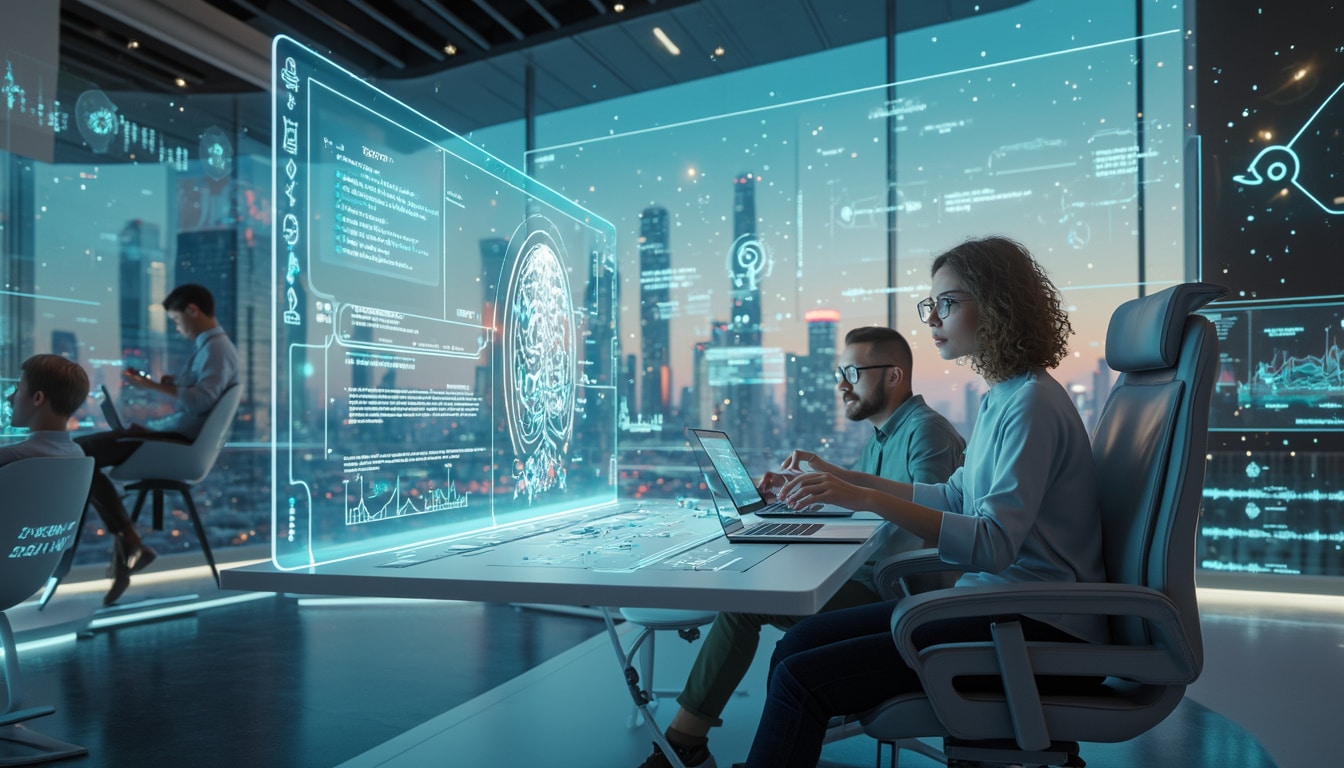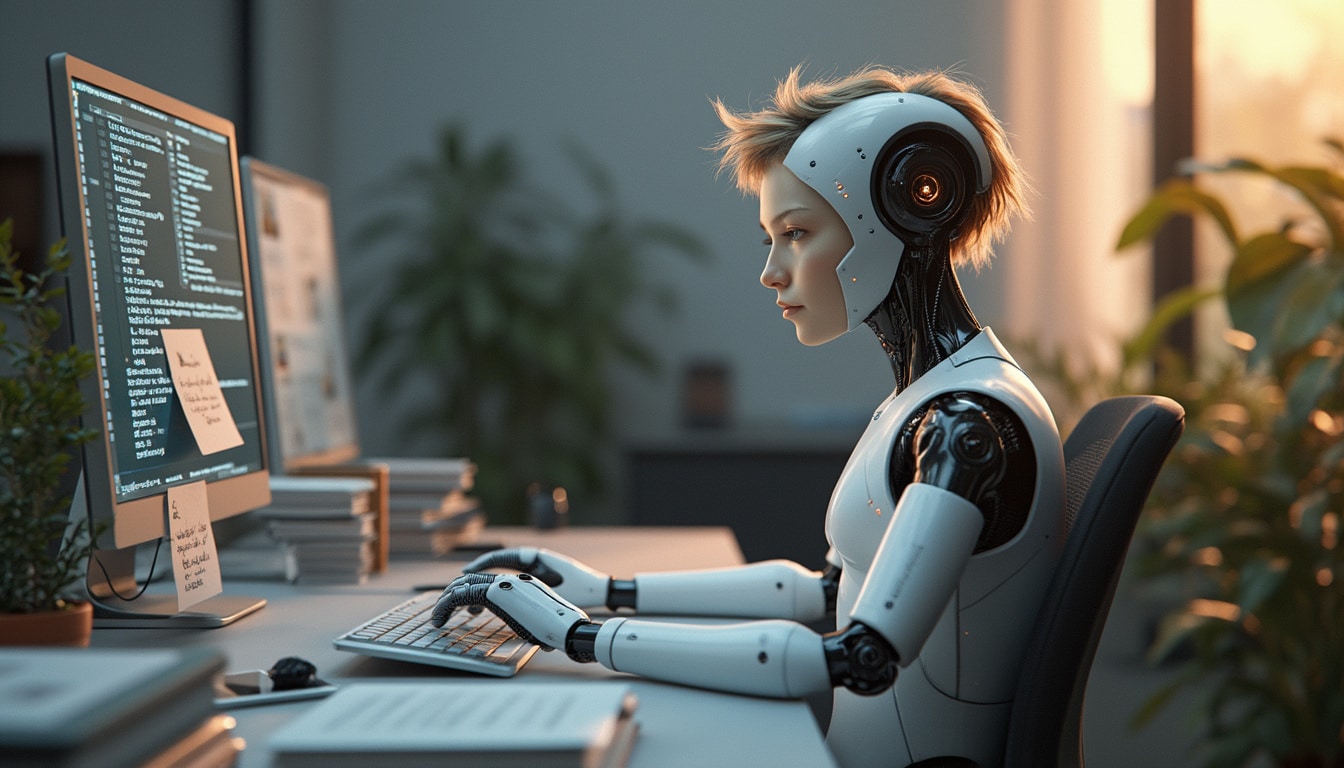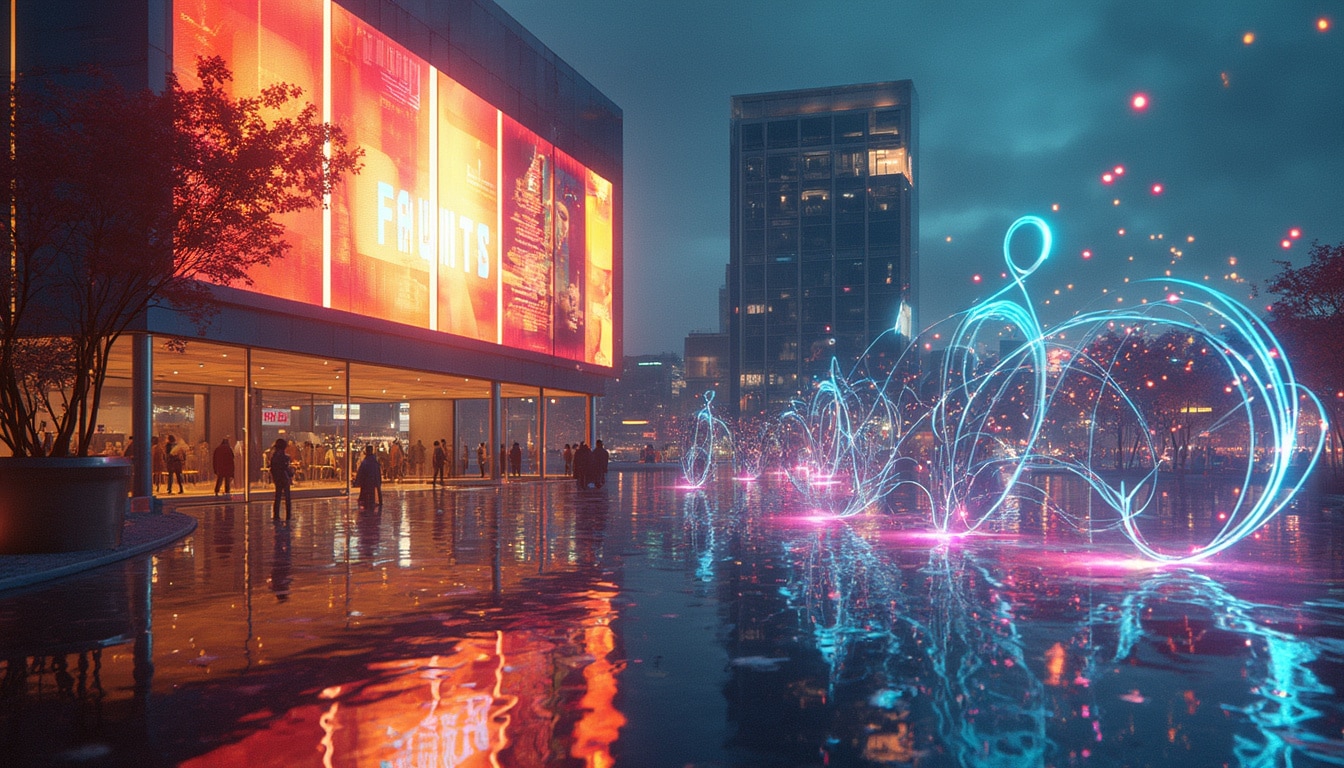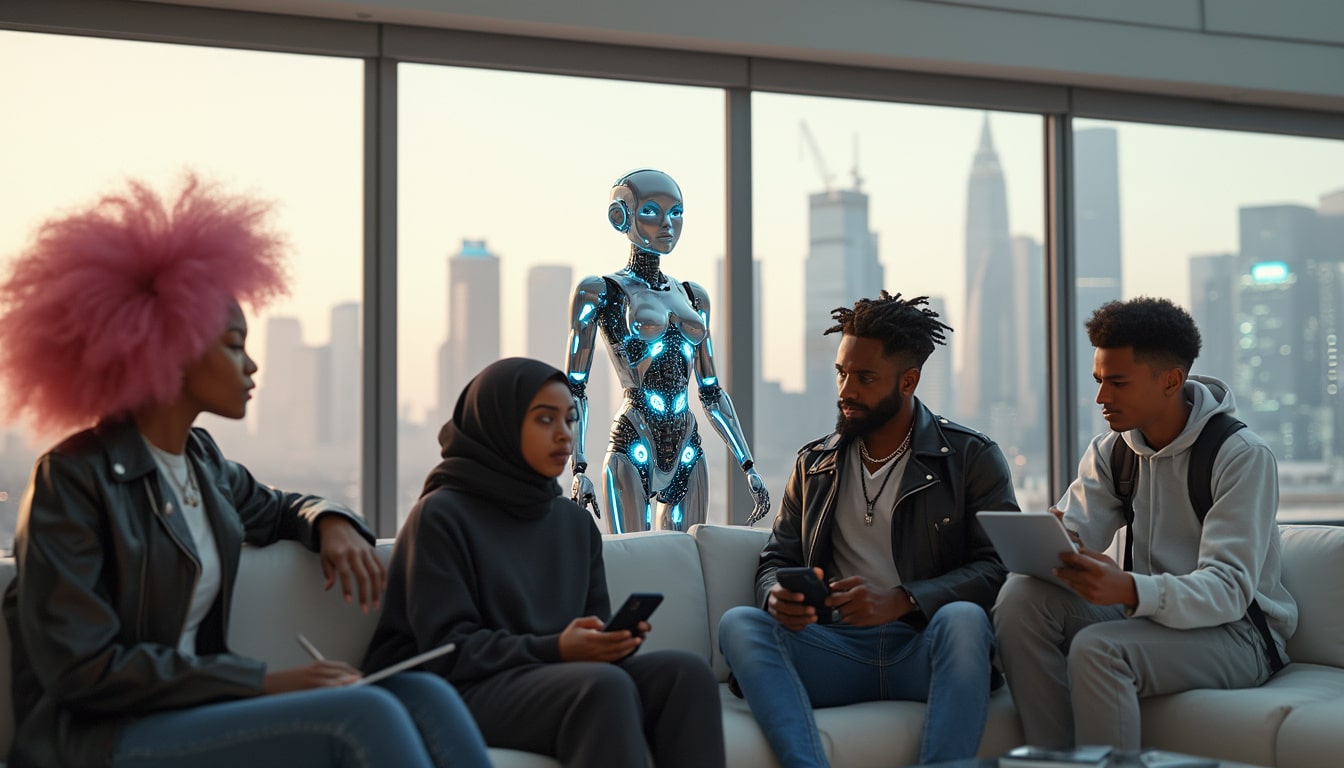Hold onto your dialects, because Duolingo is taking a sharp turn toward artificial intelligence! The language learning giant is setting the stage for an AI-driven future, saying goodbye to human subcontractors. This bold move is not just a strategic play but a harbinger of a broader industrial shift.
The decision has sparked debates about the future of work and the role of humans in an increasingly automated world. As companies like Duolingo embrace AI to streamline operations, concerns mount over job security and the diminishing need for human creativity. Experts like Brian Merchant highlight that this isn’t an isolated incident but part of a larger trend sweeping across various industries. The impacts are already being felt, with more layoffs on the horizon and the creative sector bearing the brunt of this transformation.

In a bold move that’s both fascinating and slightly terrifying, Duolingo has announced its intention to transform into an “AI-first” company. This strategic shift involves phasing out human freelancers, a decision that’s stirring up quite a conversation in the world of language learning and beyond. Let’s dive deep into what this means for the future of work, education, and the vibrant community that Duolingo has built over the years.
Table of contents
Togglewhy duolingo is going all-in on artificial intelligence
So, why is Duolingo making this pivot towards artificial intelligence? According to Luis von Ahn, the CEO of Duolingo, the current pace of innovation and content adaptation is simply too fast for human hands alone. “Without AI, it would take us decades to keep up with the necessary updates,” von Ahn stated. By leveraging AI, Duolingo aims to accelerate content creation, ensuring users receive the most up-to-date and personalized learning experiences at lightning speed.
This shift is not just about speed. It’s also a strategic move to reduce operational costs. By replacing human freelancers with AI models, Duolingo can streamline processes, eliminate human error, and maintain a consistent quality across all its language courses. The reduction in overhead allows the company to reinvest in further technological advancements, potentially leading to even more innovative features for learners.
However, this transition is not without its controversies. The reliance on AI raises questions about the future of human jobs in the industry and the broader implications for freelancers who rely on such platforms for their livelihood.
what this means for freelancers and the job market
The decision by Duolingo is a microcosm of a larger trend sweeping through various industries: the gradual replacement of human roles with AI-driven solutions. According to journalist Brian Merchant, this isn’t a novel phenomenon. As early as 2023, Duolingo had already cut 10% of its freelancers, starting with translators and more recently, writers. This wave of layoffs is part of a planned strategy, with more reductions expected by October 2024.
An anonymous former Duolingo collaborator confirmed that these changes, while discreet, are very much happening. “Decisions are being made quietly, without much fanfare, but the human teams are slowly disintegrating,” they said. The facade of innovation masks a more pragmatic approach focused on cost reduction and efficiency.
This trend has a ripple effect across the job market, particularly impacting freelancers and young graduates. The Atlantic recently highlighted a surge in unemployment among recent graduates, attributing it to companies prioritizing AI investments over hiring entry-level talent. The concept of a « first job » is becoming increasingly elusive, forcing job seekers to demonstrate their ability to work alongside AI technologies, alongside their traditional skills.
how ai is reshaping the language learning experience
With AI taking the helm, Duolingo is set to revolutionize the way we learn languages. The integration of AI allows for hyper-personalized learning paths, adapting in real-time to each user’s strengths and weaknesses. This means that learners can expect a more tailored and efficient experience, potentially shortening the time it takes to achieve fluency.
Moreover, AI can handle vast amounts of data, enabling Duolingo to continuously refine and improve its courses based on user feedback and learning patterns. This constant iteration ensures that the content remains relevant and effective, keeping up with the ever-evolving language landscapes.
However, this shift also raises concerns about the human touch in education. While AI can provide personalized learning experiences, it lacks the empathy and nuanced understanding that human educators bring to the table. The challenge for Duolingo will be to balance the efficiency of AI with the warmth and support that human interaction offers.
the economic implications of an ai-driven workforce
Beyond the immediate impact on freelancers, Duolingo’s move towards AI has broader economic implications. By automating language learning tasks, the company is reducing its dependency on human labor, which can lead to significant cost savings. These savings, in turn, can be redirected towards further innovation, marketing, or even lowering the cost of their services for users.
However, the economic benefits come with a trade-off. The reduction in human jobs contributes to the growing concern over job displacement due to AI and automation. As more companies follow suit, the pressure on the job market intensifies, particularly for those in creative and cognitive roles that were once thought to be safe from automation.
Merchant describes the situation succinctly: “It’s not SkyNet; it’s DOGE firing thousands with an AI narrative.” The issue is less about technological feasibility and more about economic decision-making. Leaders are making tough choices, prioritizing budget lines over maintaining a stable workforce, which can have long-term societal impacts.
the human cost behind ai adoption
The transition to an AI-first approach is not just a corporate strategy; it has real human costs. Freelancers who relied on Duolingo for their income are now facing uncertainty and the need to adapt to a changing job landscape. The decline in freelancing opportunities can lead to decreased income stability, making it harder for creative professionals to sustain their livelihoods.
For young graduates entering the job market, the challenge is even steeper. With fewer entry-level positions available, newcomers must now prove their ability to work effectively with AI tools. This requires a shift in skillsets and a willingness to embrace new technologies, which can be daunting for those just starting their careers.
Moreover, the creative sector, including illustrators and authors, is feeling the pinch. As AI takes over more tasks, contract opportunities are shrinking, leading to lower incomes and fewer gigs. The gradual disappearance of freelance positions underscores the chilling effect AI can have on creative professions.
case studies: other companies embracing ai over humans
Duolingo isn’t alone in its pursuit of an AI-dominated workforce. Companies across various sectors are making similar moves, driven by the promise of enhanced efficiency and cost savings. For instance, Shopify’s CEO, Tobi Lütke, has adopted a comparable stance, instructing his teams to hire human workers only as a last resort. “Prove that AI can’t do the job,” he insisted, signaling a clear mandate for AI integration in their operations.
This approach is becoming a blueprint for businesses aiming to stay competitive in a rapidly evolving technological landscape. By making AI a prerequisite, companies are effectively setting a new standard for modern work environments, where artificial intelligence is an essential component of productivity and innovation.
Furthermore, other industries such as customer service, content creation, and even healthcare are witnessing similar trends. AI-powered tools are not only augmenting human capabilities but also replacing roles once deemed irreplaceable. This widespread adoption reinforces the notion that AI is not a temporary trend but a fundamental shift in how businesses operate.
the future of work: balancing ai and human creativity
As AI continues to reshape the workforce, the future of work hinges on finding the right balance between artificial intelligence and human creativity. While AI excels at handling repetitive and data-driven tasks, human ingenuity and emotional intelligence remain invaluable in areas that require empathy, critical thinking, and creative problem-solving.
For companies like Duolingo, the challenge lies in leveraging AI to enhance their services without completely displacing the human element that adds value and differentiation. One potential solution is adopting a hybrid model where AI handles the bulk of routine tasks, freeing up human freelancers to focus on more complex and creative aspects of language learning.
Additionally, there is an opportunity for professionals to adapt by developing new skills that complement AI technologies. Emphasizing roles that require a human touch, such as user experience design, personalized coaching, and content strategy, can create a symbiotic relationship between humans and machines.
Ultimately, the future of work will likely involve a collaborative dynamic where AI and humans work in tandem, each contributing their unique strengths to drive innovation and progress. Embracing this partnership can lead to more fulfilling and efficient work environments, benefiting both businesses and individuals alike.
how learners are reacting to duolingo’s shift
Duolingo’s pivot to an AI-first model has elicited mixed reactions from its vast user base. Many learners appreciate the enhanced personalization and efficiency that AI brings, finding that the platform adapts more quickly to their learning needs. The immediate feedback and dynamic content updates are seen as significant improvements, enhancing the overall learning experience.
On the flip side, some users express concerns about the potential loss of human interaction. The absence of human translators and writers might lead to a less engaging and empathetic learning environment. For learners who thrive on human feedback and mentorship, the shift could diminish the quality of their educational journey.
To address these concerns, Duolingo may need to find ways to incorporate human elements back into the platform, perhaps through AI-driven simulations of human interactions or offering optional human-led sessions for those who seek them. Balancing the benefits of AI with the irreplaceable value of human connection will be crucial in maintaining user satisfaction.
exploring the broader impact on language education
Duolingo’s move towards AI is part of a larger transformation in language education. As artificial intelligence becomes more prevalent, language learning platforms are able to offer more innovative and effective tools. From AI-powered speech recognition that provides real-time pronunciation feedback to adaptive learning algorithms that tailor lessons to individual progress, the potential for enhancing language acquisition is immense.
However, this technological advancement also brings challenges. Ensuring the accuracy and cultural sensitivity of AI-generated content is paramount, as languages are deeply intertwined with cultural nuances and contexts. Missteps in translation or content adaptation can lead to misunderstandings and reduced efficacy of the learning process.
Moreover, the reliance on AI could potentially widen the digital divide. Access to high-quality AI-driven language learning tools requires reliable internet connections and modern devices, which may not be available to all learners globally. Addressing these disparities is essential to ensure that the benefits of AI in education are accessible to a diverse and inclusive audience.
Despite these challenges, the integration of AI in language education holds the promise of making learning more accessible, engaging, and effective. By harnessing the power of AI, platforms like Duolingo can continue to innovate and expand their offerings, catering to the evolving needs of learners around the world.
the ethical considerations of replacing humans with ai
The transition to an AI-first approach raises several ethical considerations that companies like Duolingo must navigate carefully. One of the primary concerns is the impact on employment. While AI can enhance efficiency, it also displaces human workers, leading to job loss and economic insecurity for freelancers and other professionals reliant on these platforms.
Additionally, there are concerns about data privacy and the ethical use of AI. As AI systems handle more sensitive information, including user data and learning patterns, ensuring the security and ethical management of this data becomes paramount. Transparency in how AI algorithms operate and make decisions is crucial to maintain user trust.
Moreover, the potential for biases in AI systems is a significant ethical issue. If AI models are trained on biased data, they can perpetuate and even amplify existing prejudices, leading to unfair treatment of certain user groups. Ensuring that AI systems are fair, unbiased, and inclusive is essential to uphold ethical standards in education.
Addressing these ethical concerns requires a concerted effort from companies, regulators, and stakeholders to establish guidelines and best practices for AI deployment. By prioritizing ethical considerations, companies like Duolingo can leverage AI’s benefits while minimizing its adverse impacts on society.
Duolingo’s shift towards an AI-first model marks a significant milestone in the evolution of language learning and the broader workforce. While the move promises enhanced efficiency, personalization, and cost savings, it also brings forth challenges related to job displacement, ethical considerations, and the balance between technology and human interaction.
As AI continues to reshape industries, the key to a sustainable future lies in finding harmony between artificial intelligence and human creativity. By addressing the accompanying economic and ethical implications, companies can navigate this transition responsibly, ensuring that the benefits of AI are harnessed while mitigating its potential downsides.
For those interested in the broader implications of AI in various sectors, check out these related articles:
- TikTok Faces a $58 Billion Lawsuit Against Its CEO
- Why Every AI Designer Should Watch Black Mirror
- A Bold Leap of Faith: How Thomson is Revitalizing Itself Through Meaningful Innovation
- Exploring the World of SecretDesire’s AI: What Does a Fully AI-Generated Romance Look Like?
- Eight Start-Ups Shining in the Spotlight of French Tech: Innovation Takes Center Stage at the Perpignan Fair
